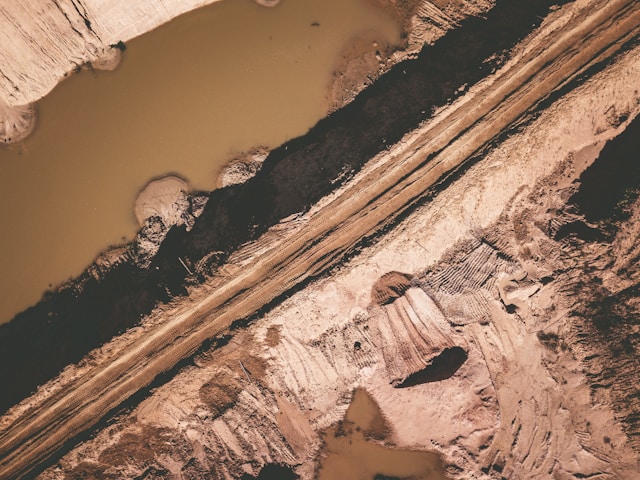Safely digging around pipes, wires, and cables is possible with hydro excavation, which uses pressurized water and vacuum suction. This method helps prevent costly accidental line strikes and keeps projects on schedule. Hydro excavation trucks suck dirt into a debris tank, which leads to less time on site and reduces the need for backfill materials. It also minimizes damage to gas, water and electricity lines and natural assets such as street trees.
Versatility
Hydro excavation vacuums are versatile and can be used in several projects that require excavation. These trucks can accomplish everything from digging holes for foundations to exposing underground utilities for daylighting and utility locating. A hydro excavation vacuum will protect existing underground infrastructure, unlike traditional mechanical excavation equipment such as backhoes and shovels. It can be a huge advantage for projects that involve piping systems, cables, fiber optics or telephone lines that can easily be ripped up by conventional digging equipment.
Combination jet/vac units can perform various tasks, including slot trenching, utility locating, and digging post holes for pole installation. The pressurized water jet breaks up soil and vacuums the displaced dirt into the debris tank. This process enables the operator to work faster with less risk of damage to surrounding assets and minimizes downtime. It’s also an effective year-round method and can be adapted to different weather conditions. This versatility is an invaluable tool for contractors working in the utility industry.
Environmentally Friendly
Hydro excavation vacuums are more environmentally friendly than traditional machines, and they help minimize the impact of digging on buried infrastructure. This non-destructive process makes it easier to work around buried lines and pipes, reducing the number of power outages, sewage leaks, and gas line repairs caused by accidentally hitting them. The high-pressure water breaks up the soil and suctions it into a debris tank, which is then removed to a designated disposal location. Since the truck can be parked away from the digging site, the vacuum excavation is far less intrusive than traditional mechanical methods. Whether digging a trench for a new pipe, excavating an existing hole, or removing pilings from the ground, hydro vac excavation is safer and more efficient. And since it reduces the need for manual labor, it also helps reduce your overhead costs.
Safety
With a vacuum excavation truck, crews don’t need to worry about metal tools hitting existing buried utilities. It significantly reduces the risk of outages caused by damage to piping, such as power lines, sewage pipes, and gas lines. Vacuum excavation also requires less equipment than traditional digging methods, making it safer. It’s true when working in tight spaces or near critical infrastructure like sewer lines, water lines, and oil pipelines.
In addition to being careful not to hit overhead objects with the boom, crews must be mindful of their vac truck’s weight and size limitations. For example, bridges can strain under a fully loaded tank, and some locations have specific dump site rules that must be followed. To avoid these restrictions, crews should evaluate a vac truck’s capabilities ahead of time and ensure they have the right vehicle for their project. They should also consider whether a car can cross a bridge or tunnel.
Efficiency
Using pressurized water and industrial vacuums, hydro-vac trucks use the power of nature to excavate while leaving underground lines intact. This method of daylighting or exposing utilities allows contractors to fully map out and locate pipes that could otherwise be damaged by traditional equipment, thus reducing the risk of costly repairs, downtime, or even injuries. Daylighting can also be used to dig holes or trenches to install equipment such as directional drills, pipelines, and pilings (cross-section columns that anchor tall buildings into solid layers of strata). Since the process is less destructive, it’s quicker to complete, too.
Vacuum excavation also leaves the surrounding environment intact, benefiting projects on or near wetlands and other sensitive environmental areas. The process is less invasive, allowing the ecosystem to bounce back more quickly after completing the work.

